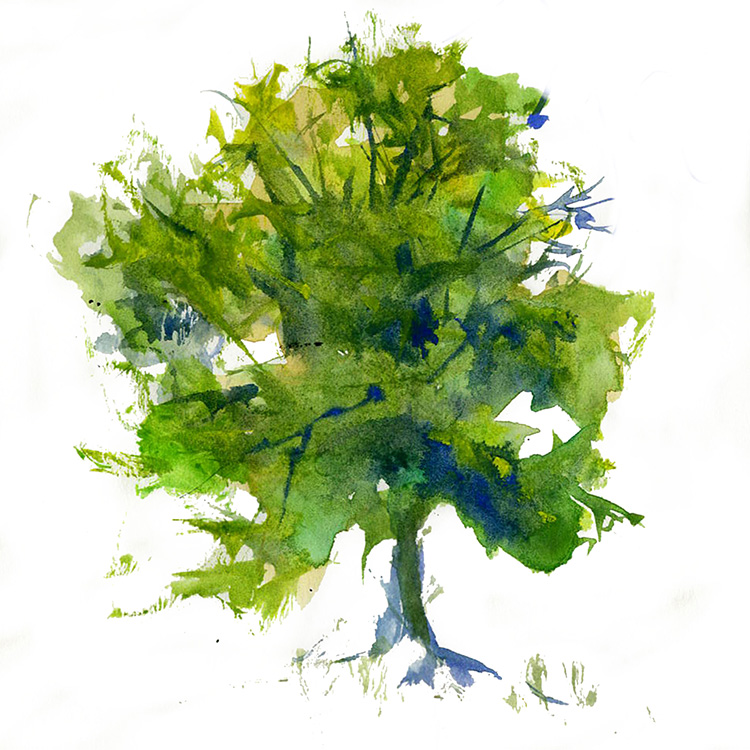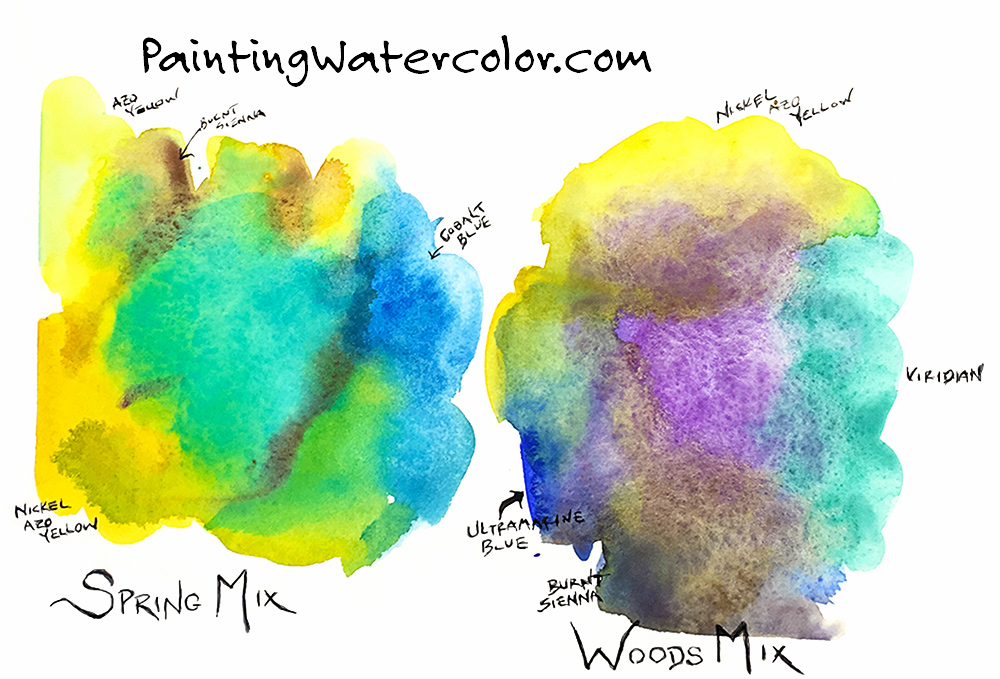How to Use a Rigger Brush
Watercolor Painting Lesson
by Jennifer BranchYouTube Painting Video
Painting Lesson Level
BeginnerIntermediate
Skill Building
RiggerArt Supplies
When you use a rigger in most watercolors, you hold the brush as far toward the end as possible and flick it. You can pause slightly for a knobby branch affect. Or you can move smoothly for straight, even lines.
The huge advantage of a rigger is the tiny tiny tip. It's the perfect brush for adding the last bit of detail in a painting. Try not to pull out your rigger until the last 5% of a painting, but then go for it! A rigger can do tiny perfect details or disappearing twigs. It's all in how you use the brush!
Disclaimer: Jennifer Branch Gallery is a participant in the Amazon Services LLC Associates Program, an affiliate advertising program designed to provide a means for sites to earn advertising fees by advertising and linking to amazon.com. I receive a small rebate for your entire order (starting at 4%) if you choose to purchase through Amazon. Most items can be bought multiple places and I highly recommend local art stores if you have one! Any other recommendation links I receive no compensation for.
These referrals help me support this website, and I thank you for any purchase you make through them. I will never recommend a product I have not used frequently and believe is the best tool for the purpose!
Painting Natural Objects

Sketch painted almost entirely with a rigger brush on youtube video.
A natural hair rigger brush, such as a sable, will leave hit and miss strokes, perfect for natural objects. Natural hair holds more water than synthetic brush hair so you can paint for longer, but the results won't be as even as synthetic.
But What If I Want Smooth Strokes?
It's lovely to know how to paint natural objects, but sometimes we want to paint something even and solid, like a building railing. To use the rigger (or liner) to make smooth, even strokes, hold the brush nearer the ferrule and use smooth unjagged strokes. Paint only with the very tip of the brush. If you let too much of the brush hairs bend to the paper, you can get little blobs and unevenness.Synthetic brush hair will leave much smoother, regular strokes than natural hair. If you're wanting to do hand lettering, a synthetic is probably easier to use than a natural hair brush. Synthetic hair will dry out quicker, which is more of a problem in smaller sizes.
To paint intricate railings, like you see in Charleston or New Orleans, you can alternate smooth strokes with intentional blobs to look like elaborate ironwork.
For tiny natural objects or precise architectural sketches, a rigger is the ideal brush!
Homework!
- Paint several winter trees with a rigger brush.
- Write your name several times with a rigger brush.
When your signature looks good, you have great brush control!






